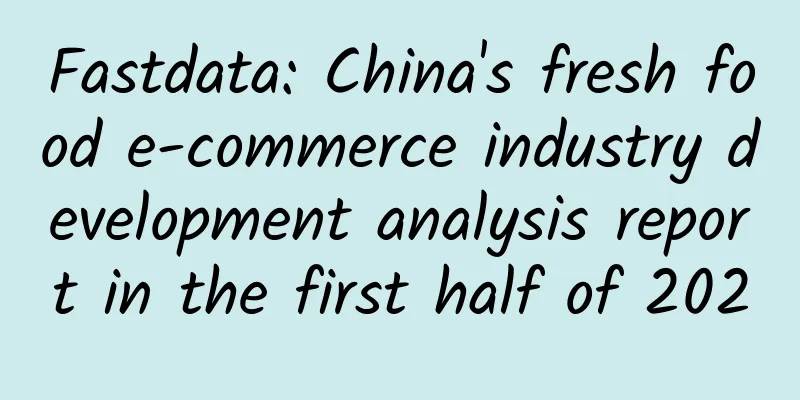The efficacy and function of gentian

|
Most Chinese medicinal materials have good effects on the treatment of diseases, such as Gentiana scabra. Below we will give a basic introduction to the relevant information about Gentiana scabra. [Other names] Herringbone gentian, snow plum, small internal gentian, fine gentian, Phoenix flower, small snow plum, cold wind grass, small herringbone, small wine medicine flower root, star show flower, blood gentian, herringbone, carbuncle medicine, small gentian, snow blossom, gentian grass, gentian grass, Chuanshanqi, September flower, grass gentian [Source] Medicinal material source: the root and whole herb of Gentiana scabra. [Original form] Perennial herb, 20-50cm high. The roots are several and slightly fleshy. The stems are erect, several in clusters, slightly square at the base, purple or green, with slightly swollen nodes. Basal leaves are rosette-shaped, elliptical, obovate or ovate; stem leaves are opposite and almost sessile; leaf blades are leathery, ovate-triangular, 1.5-2.5cm long, 0.8-1.2cm wide, acuminate or acute at apex, more or less clasping at base, with fine serrations on margin, glabrous on both sides; with 3 veins. Flowers are solitary at the top of branches or in leaf axils, without pedicels; calyx is tubular, membranous, with a length of 7-13mm, and veins are narrowly winged; calyx is 5-lobed, and the lobes are linear-lanceolate; corolla is light red with purple stripes, 3-4.5cm long, 5-lobed, and the lobes are ovate or ovate-triangular, with asymmetrical pleats, broadly triangular, and with slender tassels at the tip; stamens are 5, inserted in the lower part of the corolla tube, filaments are filiform, of varying lengths, and anthers are elliptical; ventricle is elliptical, about 1cm long, with a stalk 4-5mm long, style is filiform, and stigma is 2-lobed. The capsule is enclosed or only the tip is exposed, oblong, 2-2.5cm long, and the fruit stalk is about 2cm long. The species is light brown, nearly round, and has narrow wings. The flowering and fruiting period is from October to February of the following year. [Habitat distribution] Ecological environment: Growing in alpine shrubs at an altitude of 500-1800m, or in grasslands near forests. 【Properties】 Identification of properties: The whole plant is 30-80cm long. The surface of the fine roots is brown, with cork-like peeling visible. It is brittle and easy to break, with yellow-white pith in the center of the cross section. The stem is ribbed, 1-2mm in diameter, with internodes 1.5-5.5cm long. The surface is purple-brown at the base, brown-green to light yellow-green upwards, brittle and easy to break, hollow in cross section, and white pith can be seen around the medullary cavity. The leaves are opposite, falling off or wrinkled, and when flattened are ovate or ovate-triangular, with irregular serrations on the edges, green or yellow-green above, and light yellow-green beneath. The flowers are solitary at the ends of branches or in the upper leaf axils, and the corolla is lavender or light yellow-brown with purple stripes. The fruit is long and narrow, with 2 lobes. It has a fragrant smell and a bitter taste. [Chemical composition] The whole plant contains n-hentriacontane, n-dotriacontanoic acid ethyl ester, n-dotriacontanoic acid, and β-sitosterol[1]; it also contains swertiamarin, kingiside, sweroside, 8-epikingiside, rhodenthoside A[2], and oleanolic acid[3]. 【Nature and flavor】 Bitter; cold 【Meridian】 Heart; Lung; Stomach; Large Intestine 【Functions and indications】 Clears away heat and dampness; cools blood and detoxifies. It is used for lung heat, cough and asthma; tuberculosis, sputum and blood; jaundice; dysentery; blood in stool; dysuria; puerperal fever; infantile convulsions; malnutrition; sores, swelling and infection; burns and scalds; snake bites [Usage and Dosage] For oral use: decoction, 10-15g. For external use: take appropriate amount and mash it for application; or apply it as ointment externally. [Discussions by various scholars] 1. "Yunnan Chinese Herbal Medicine": anti-inflammatory and cough-relieving. It is used to treat pulmonary tuberculosis, lymph node tuberculosis, bronchial asthma, cough and wheezing due to excess heat, difficulty urinating, infantile malnutrition, conjunctivitis, and icteric hepatitis. 【Excerpt】 Chinese Materia Medica In order to let more friends know about Gentiana scabra, you can introduce it to your friends so that more people will know how to use this medicine. |
<<: The efficacy and function of Artemisia oleracea
>>: The efficacy and function of Yinxiang root
Recommend
How to soak saffron in water
The most common way to drink rose tea is to soak ...
The efficacy and function of Coral
There are many common Chinese medicinal materials...
The efficacy and function of roxburghii flowers
Rosa roxburghii is a famous traditional Chinese m...
Laughing, but not quite! How does your brain read emojis?
© Freepik Leviathan Press: The same sentence, for...
"Constipation magic weapon" gorgeously transformed into "magic water"? Uncovering the quack tricks of enema skin care
Perhaps Kaisulu itself did not expect that the or...
Temu is sweeping the Japanese market, with monthly user numbers growing to 2.2 million
Unexpectedly, Japanese people who don't like ...
Which ocean satellites has my country independently developed?
my country has always attached great importance t...
Train tickets for the first day of the Dragon Boat Festival holiday are on sale today. Travel healthily and do not relax your efforts in epidemic prevention.
Dragon Boat Festival is coming This Friday will s...
The efficacy and function of bamboo heart
Bamboo heart is a kind of Chinese medicinal mater...
Although both are bubbling joy, the bubbles in champagne and carbonated drinks are different?
In the cold winter, hot and spicy hot pot and coo...
The efficacy and function of fresh bamboo sap oral liquid
Fresh bamboo sap puree and oil are a common thera...
Do you want to soak lily?
Patients with rhinitis should never smell lilies,...
What are the effects and functions of plowshare grass?
The efficacy of plowshare grass can be manifested...
In fact, every elephant has its own name.
Produced by: Science Popularization China Author:...









![[Body Wandering] Why do we work so hard but still get nothing?](/upload/images/67effb18d0c41.webp)